15 Of The Best Foods To Eat for Better Type 2 Diabetes Management
Managing Type 2 diabetes effectively means paying close attention to what you eat. The right foods can help you control blood sugar levels, keep your energy stable, and reduce the risk of complications.
You can support your overall health by choosing nutrient-rich options while keeping diabetes in check. Here are 15 of the best foods to eat for better Type 2 diabetes management.
Leafy Greens
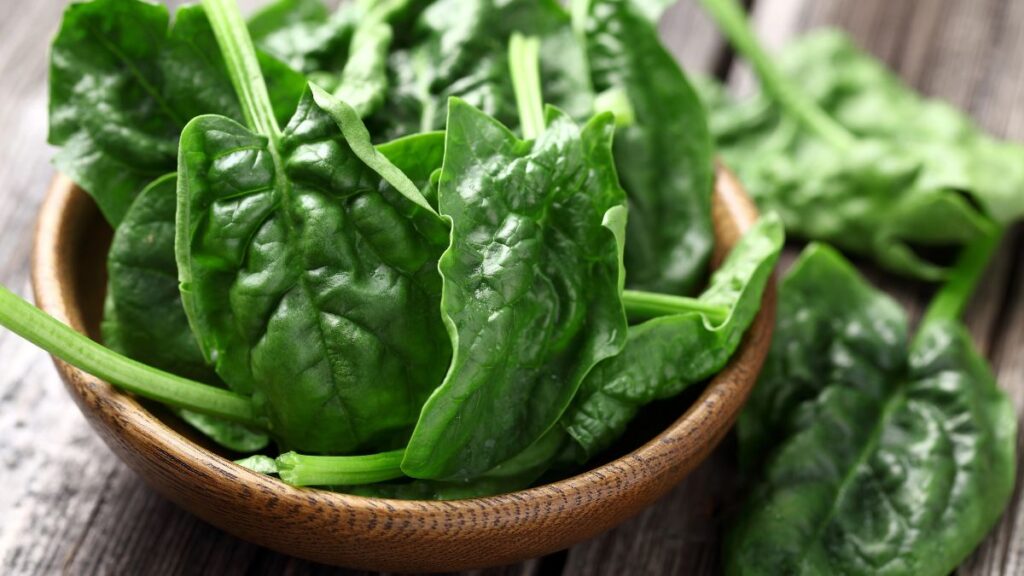
Leafy greens like spinach, kale, and Swiss chard are low in calories and carbohydrates but high in nutrients like vitamins A, C, and K. They’re also packed with fiber, which helps slow the absorption of sugar into the bloodstream.
This makes them an excellent choice for keeping blood sugar levels stable. Leafy greens can be added to salads, soups, or smoothies for a healthy boost. Their versatility and nutritional value make them a must-have in a diabetes-friendly diet.
Berries
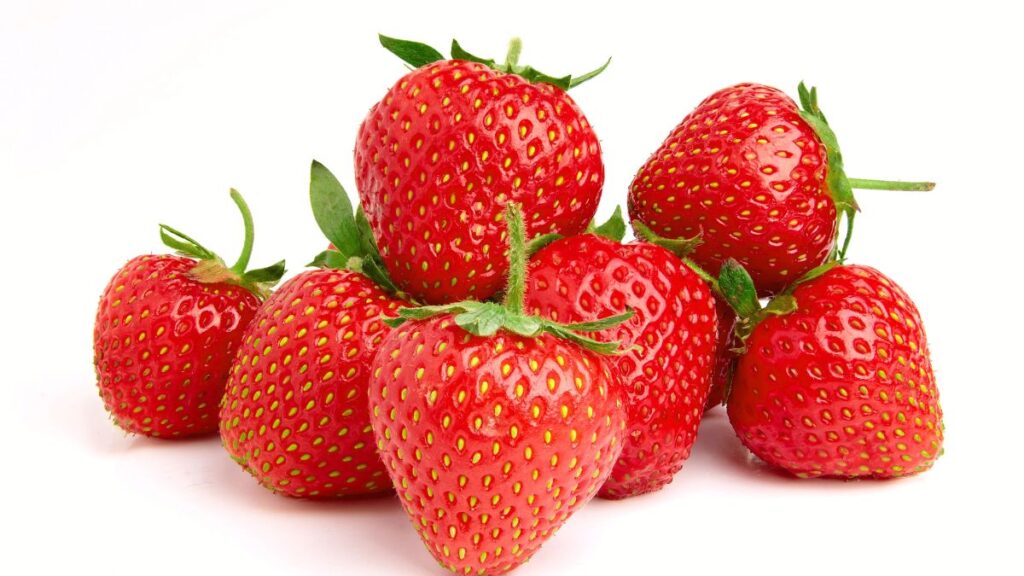
Berries, including blueberries, strawberries, and raspberries, are low in sugar and high in fiber and antioxidants. These fruits have a low glycemic index, which means they won’t cause a rapid spike in blood sugar.
The antioxidants in berries also help reduce inflammation, which is important for people with diabetes. Enjoy them fresh, in yogurt, or as a topping for oatmeal. Their natural sweetness makes them a healthy and satisfying treat.
Fatty Fish

Fatty fish like salmon, mackerel, and sardines are rich in omega-3 fatty acids, which are beneficial for heart health. People with Type 2 diabetes are at a higher risk for heart disease, so including fatty fish in your diet can help reduce this risk.
Omega-3s also help lower inflammation and improve insulin sensitivity. Aim to eat fatty fish at least twice a week for maximum benefits. It’s a tasty way to support both your heart and your blood sugar levels.
Whole Grains
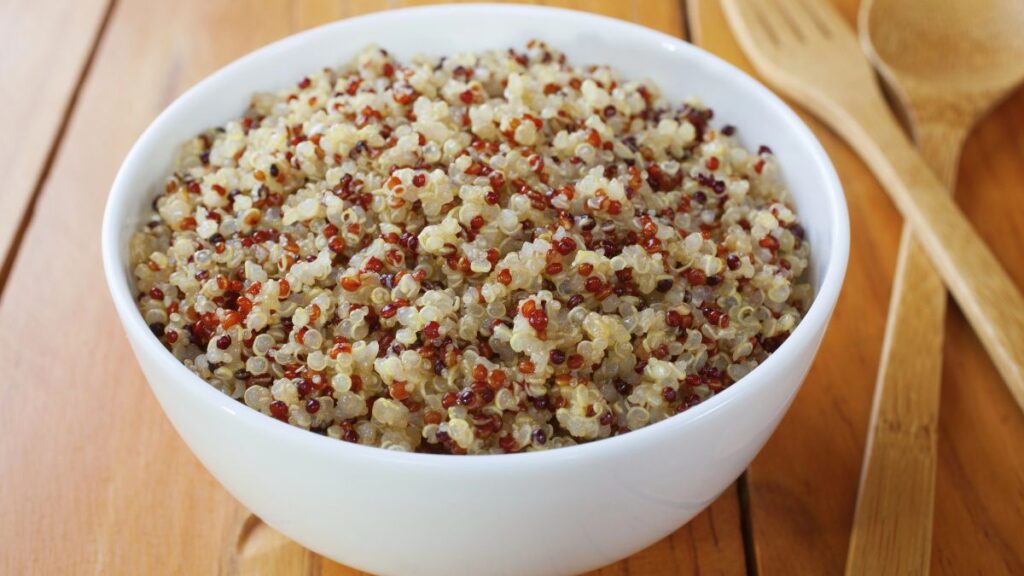
Whole grains such as quinoa, brown rice, and oats are high in fiber and contain more nutrients than refined grains. The fiber in whole grains helps slow down digestion, which can prevent blood sugar spikes after meals.
These grains also provide sustained energy, making them a great choice for managing diabetes. Incorporate whole grains into your diet by replacing white rice or pasta with brown rice or quinoa. This simple swap can make a big difference in your blood sugar control.
Nuts and Seeds
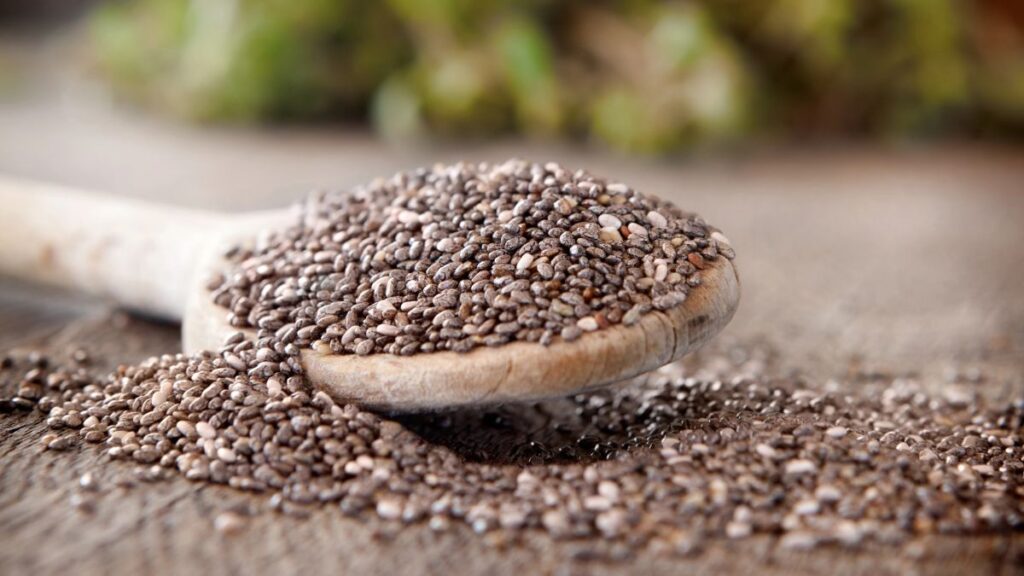
Nuts and seeds, including almonds, walnuts, chia seeds, and flaxseeds, are excellent sources of healthy fats, fiber, and protein. These nutrients help stabilize blood sugar levels and keep you feeling full longer.
Nuts and seeds also contain magnesium, which plays a role in improving insulin sensitivity. Snack on a handful of nuts or add seeds to your yogurt or salads for a nutritious crunch. They’re a convenient and healthy option for managing diabetes.
Greek Yogurt
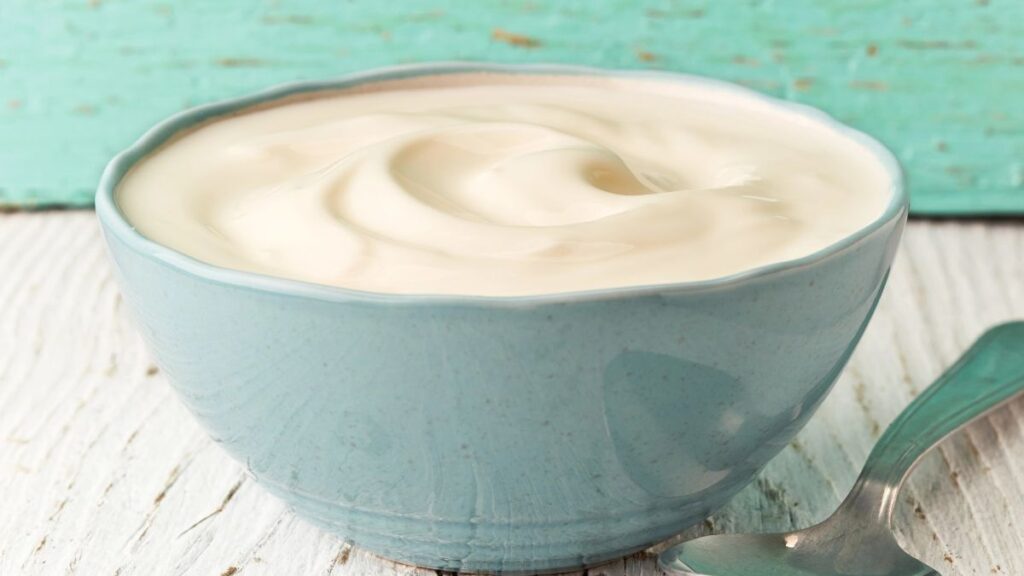
Greek yogurt is a great source of protein, probiotics, and calcium. The high protein content helps keep you full and can prevent blood sugar spikes. Probiotics in Greek yogurt also support gut health, which is linked to better blood sugar control.
Choose plain, unsweetened Greek yogurt to avoid added sugars, and enjoy it with fresh fruit or nuts. It’s a versatile and healthy addition to your diabetes-friendly diet.
Beans and Legumes
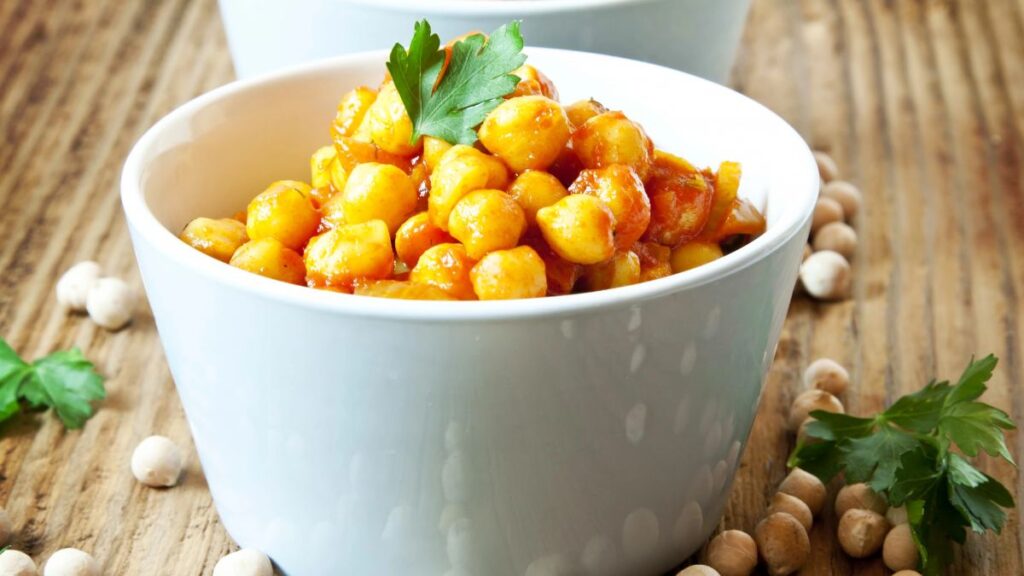
Beans and legumes, such as lentils, chickpeas, and black beans, are rich in fiber, protein, and complex carbohydrates. They have a low glycemic index, meaning they are digested slowly and help stabilize blood sugar levels.
They’re also filling, which can help with weight management, an important aspect of diabetes control. Add beans to soups, salads, or stews for a hearty and nutritious meal. Their versatility makes them a valuable part of a diabetes-friendly diet.
Avocados
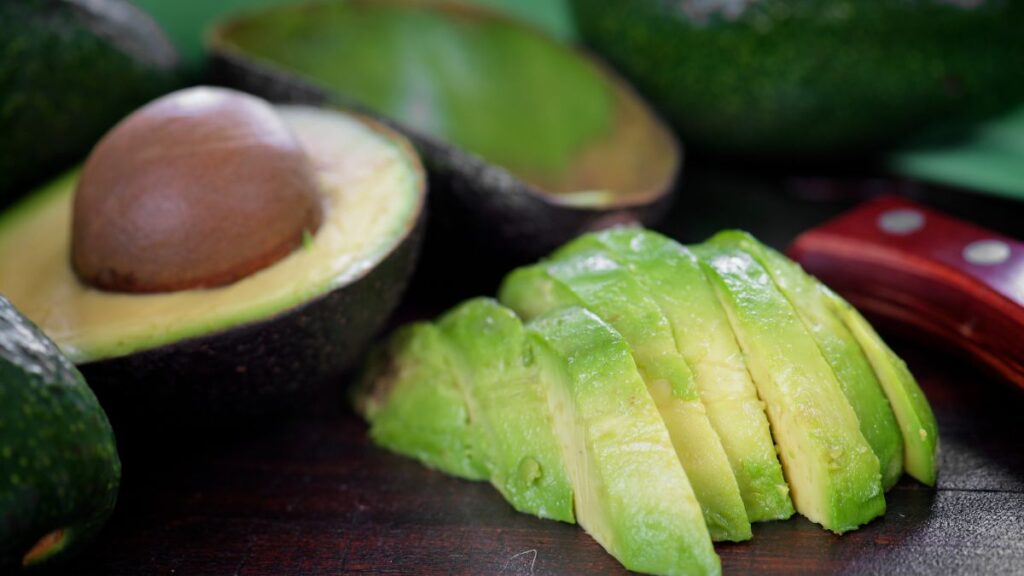
Avocados are packed with healthy monounsaturated fats, which help improve insulin sensitivity and reduce inflammation. They’re also high in fiber, which aids in blood sugar control. Avocados can be enjoyed in many ways, such as in salads, on toast, or as a topping for tacos.
Their creamy texture and rich taste make them a delicious and healthy choice for people with diabetes. Including avocados in your diet can support both heart health and blood sugar levels.
Eggs
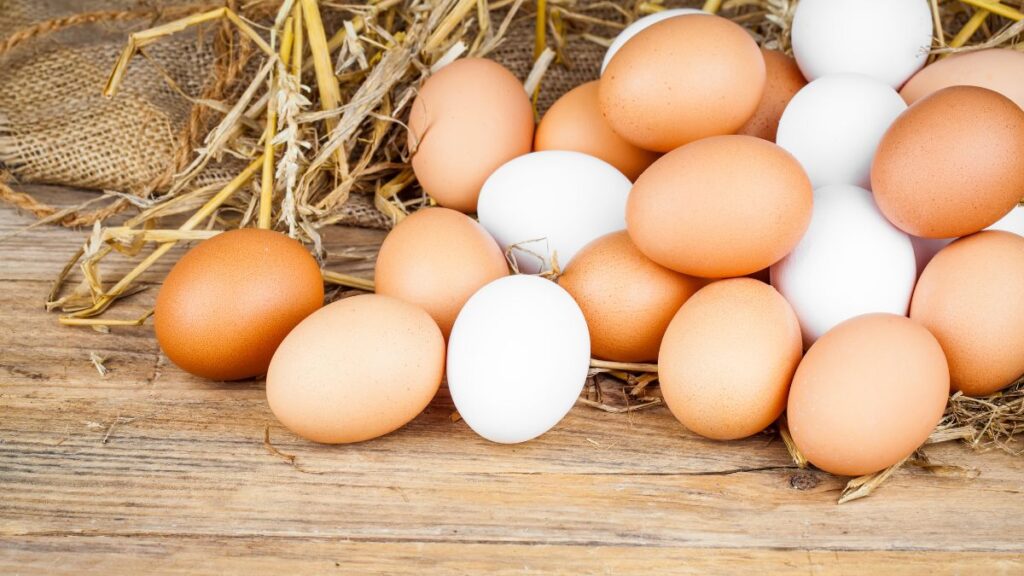
Eggs are a great source of high-quality protein and contain almost no carbohydrates, making them ideal for blood sugar management. The protein in eggs helps keep you full and satisfied, which can prevent overeating.
Eggs are also versatile and can be prepared in many ways, whether boiled, scrambled, or made into an omelet with vegetables. Eating eggs for breakfast can help stabilize your blood sugar levels throughout the morning. They’re a simple and nutritious option for any meal.
Sweet Potatoes
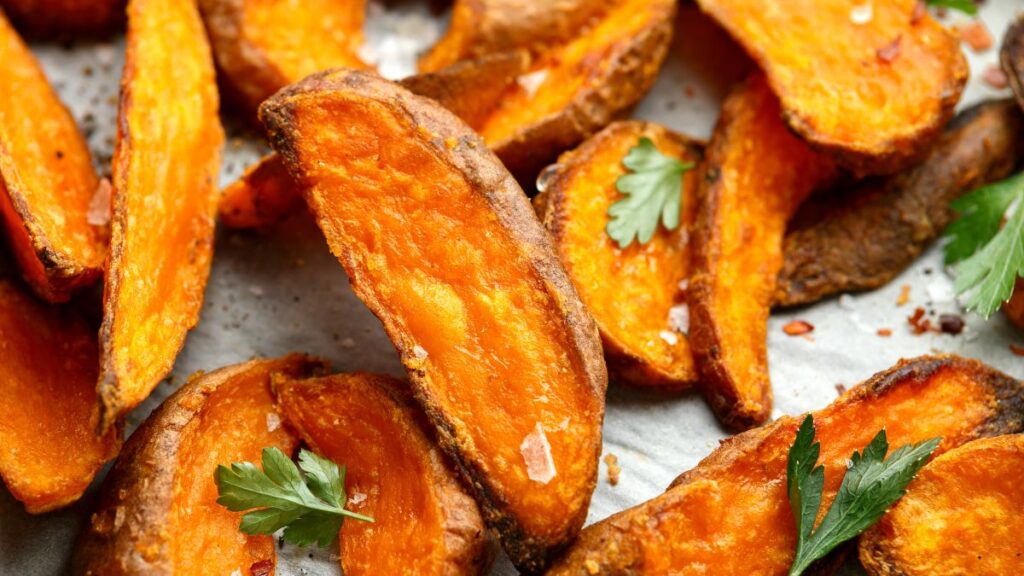
Sweet potatoes are a better choice than regular potatoes for people with diabetes because they have a lower glycemic index. They’re high in fiber, vitamins A and C, and potassium, which help with blood sugar control and overall health.
Sweet potatoes can be roasted, mashed, or baked as a healthy side dish. Their natural sweetness and nutrient content make them a delicious and diabetes-friendly food. Incorporating sweet potatoes into your meals can add variety and nutrition to your diet.
Olive Oil

Olive oil is rich in monounsaturated fats, which are good for heart health and help improve insulin sensitivity. Using olive oil in cooking or as a salad dressing can help stabilize blood sugar levels.
It’s also packed with antioxidants that reduce inflammation, which is beneficial for people with diabetes. Replace butter or other unhealthy fats with olive oil in your meals. This simple change can enhance the flavor of your food while supporting better diabetes management.
Broccoli

Broccoli is a nutrient-dense vegetable that is high in fiber, vitamins C and K, and antioxidants. It’s low in calories and carbohydrates, making it a great choice for blood sugar control. Broccoli also contains compounds that help improve insulin sensitivity.
Enjoy a healthy and satisfying dish with broccoli steamed, roasted, or added to stir-fries. Regularly including broccoli in your diet can support overall health and help manage diabetes.
Garlic

Garlic has been shown to positively affect blood sugar levels and insulin sensitivity. It’s also known for its anti-inflammatory and heart-healthy properties. Adding garlic to your meals not only enhances flavor but also provides health benefits that are particularly important for people with diabetes.
Use fresh garlic in cooking or add it to salad dressings and marinades. This flavorful ingredient can be a valuable part of a diabetes-friendly diet.
Apples
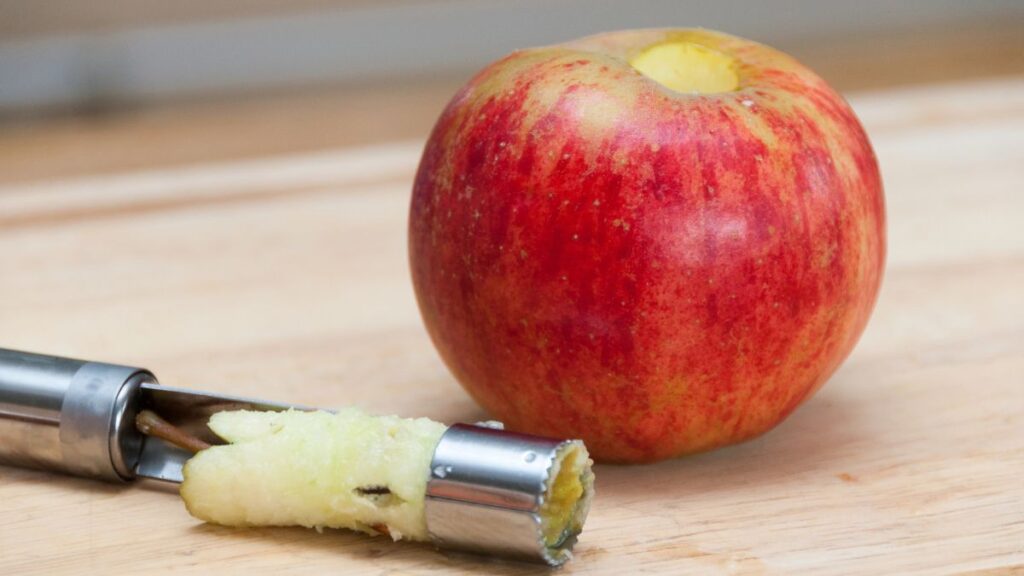
Apples are a good source of fiber, particularly in the skin, and have a low glycemic index. They help keep blood sugar levels stable and provide a healthy source of energy. Apples also contain vitamins and antioxidants that support overall health.
Enjoy apples as a snack, or add slices to salads or oatmeal. Eating whole fruit rather than drinking apple juice is important for blood sugar control. Apples are a convenient and nutritious option for managing diabetes.
Cinnamon

Cinnamon is a spice that has been shown to help lower blood sugar levels and improve insulin sensitivity. It’s also rich in antioxidants and has anti-inflammatory properties. Sprinkle cinnamon on your oatmeal, yogurt, or in your coffee for added flavor and health benefits.
While it’s not a replacement for medication, including cinnamon in your diet can be a helpful addition to your diabetes management plan. Its natural sweetness can also help reduce sugar cravings.
Eating Right With Type 2 Diabetes: Stay Away From These 15 Foods

Managing type 2 diabetes involves making careful food choices to keep your blood sugar levels stable. Some foods can cause your blood sugar to spike, making it harder to manage your diabetes.
Eating Right With Type 2 Diabetes: Stay Away From These 15 Foods
15 Foods That Are Becoming Too Expensive To Buy Due To Skyrocketing Prices

Food costs have been steadily rising in recent years, impacting households worldwide. Various factors, such as climate change, supply chain disruptions, and increased demand, have contributed to the soaring prices of many staple foods.
15 Foods That Are Becoming Too Expensive To Buy Due To Skyrocketing Prices







